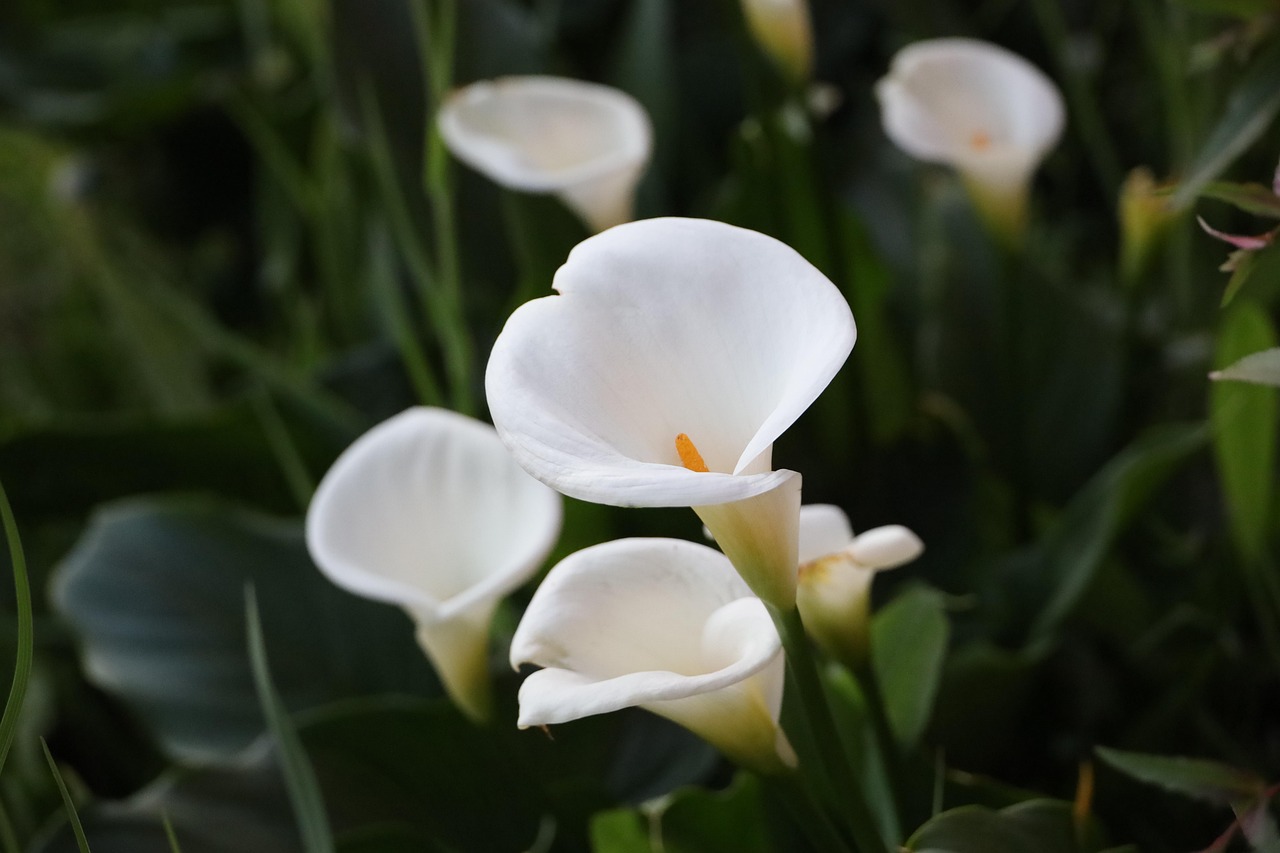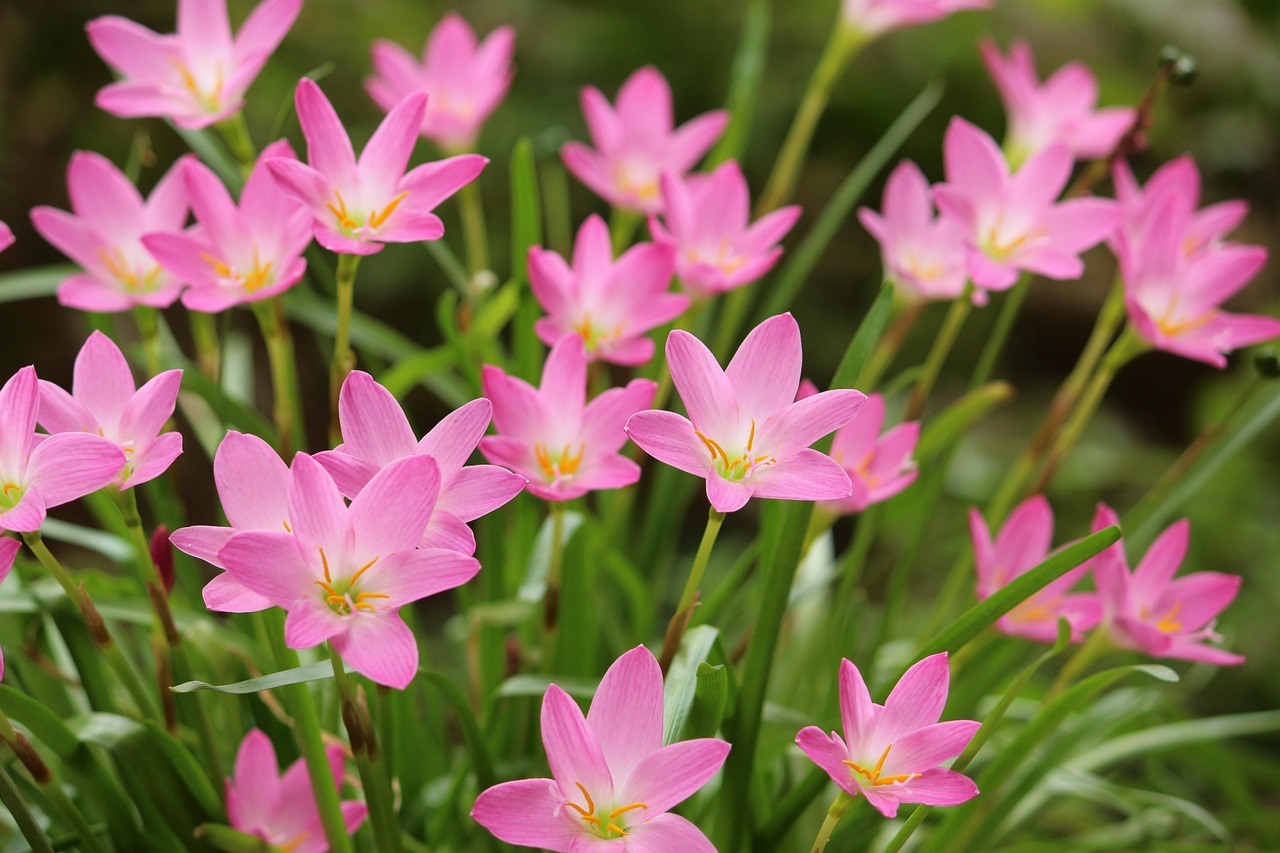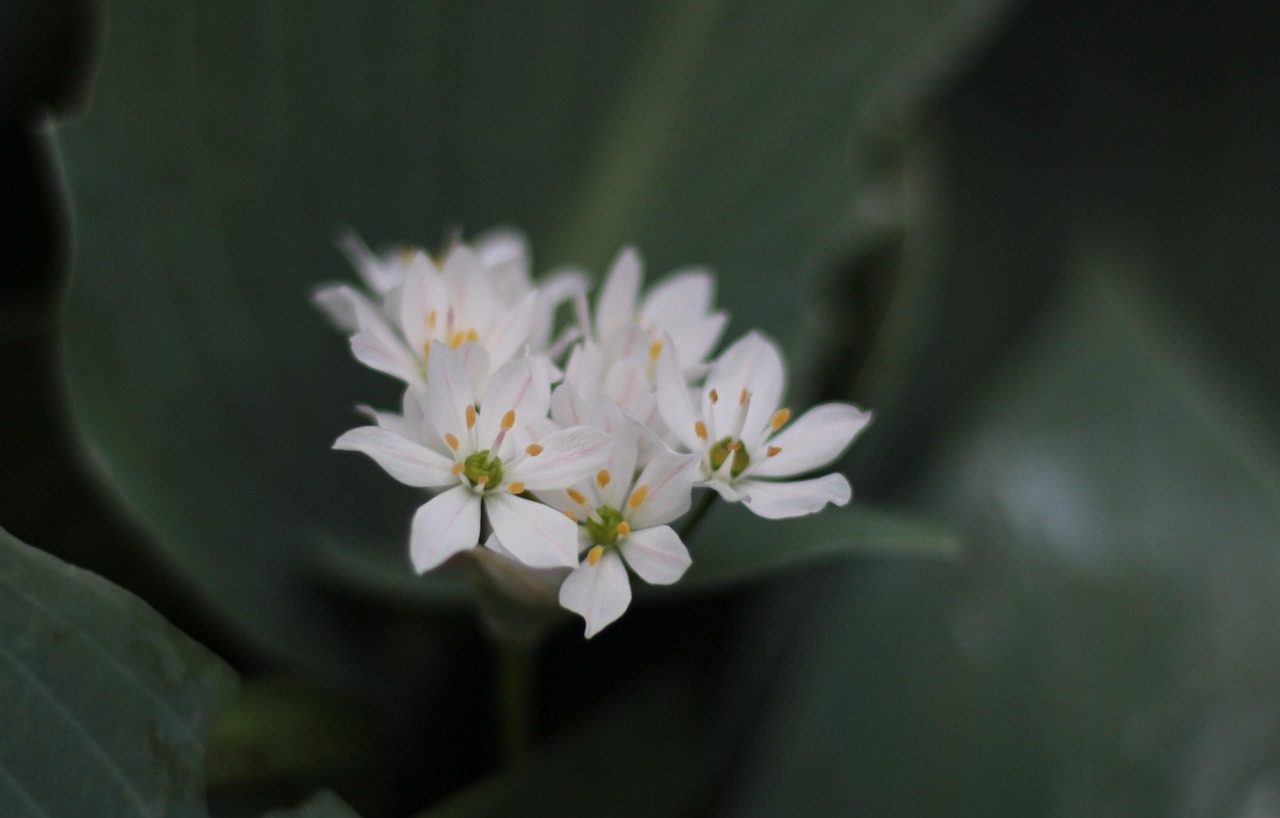Fritillaria imperialis | The Crown Flower that Adorned Ottoman Palaces
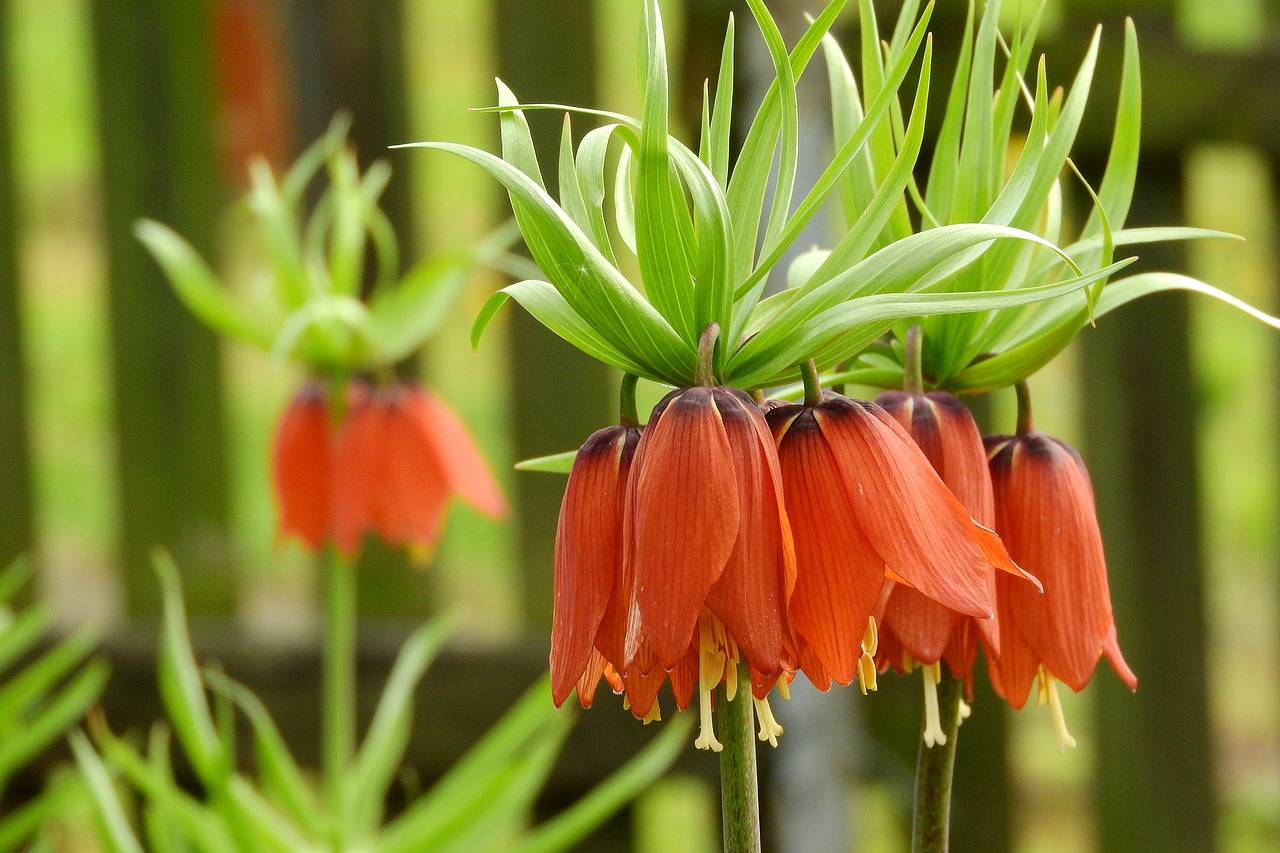
I would like to introduce Fritillaria imperialis, a bulbous plant of the lily family, often called the “Imperial Crown” or “Crown of the Emperor” because of its majestic floral appearance. Its unique flower shape and vivid colors make it a popular accent in gardens.
In this article, I explain the essential information about Fritillaria imperialis, its cultural and historical background, and key points on how to grow it.
Basic Information
- Scientific name: Fritillaria imperialis
- Family: Liliaceae
- Origin: Western Asia (Turkey, Iran, Afghanistan, etc.)
- Appearance: Fritillaria imperialis is an impressive bulbous plant that can grow up to nearly one meter tall. At the tip of its stem, multiple bell-shaped flowers hang in an umbrella-like arrangement, topped with crown-like leaves. The flowers are typically orange, red, or yellow, giving a striking presence in the garden.
- Flowering season: April to May, as a representative spring bulb.
Cultural Significance Around the World

Fritillaria imperialis spread from ancient Persia to Europe, where its dignified beauty made it a cherished flower in royal and aristocratic gardens.
During the Renaissance, when European garden culture flourished, it became one of the symbolic flowers of luxurious landscapes.
In Turkey and Iran, linked to its origin, it has also been incorporated into traditional patterns and decorative designs, becoming a cultural emblem.
Even today, it is widely loved in garden design and floral arrangements as a flower that symbolizes opulence.
Historical Episodes
Fritillaria imperialis was introduced to Europe during the Ottoman Empire. In the Ottoman court gardens, it was valued as a plant symbolizing splendor, and it is said that the sultans themselves favored it.
In the late 16th century, during Europe’s “Tulip Mania,” this flower attracted attention and was treasured as a rare and expensive plant.
Noble and wealthy families in the Netherlands planted it as a garden symbol, establishing its reputation as an emblem of wealth and power.
The scientific name imperialis, meaning “imperial,” reflects its historical connection to the gardens of Persian and European royalty.
Gardening Advice
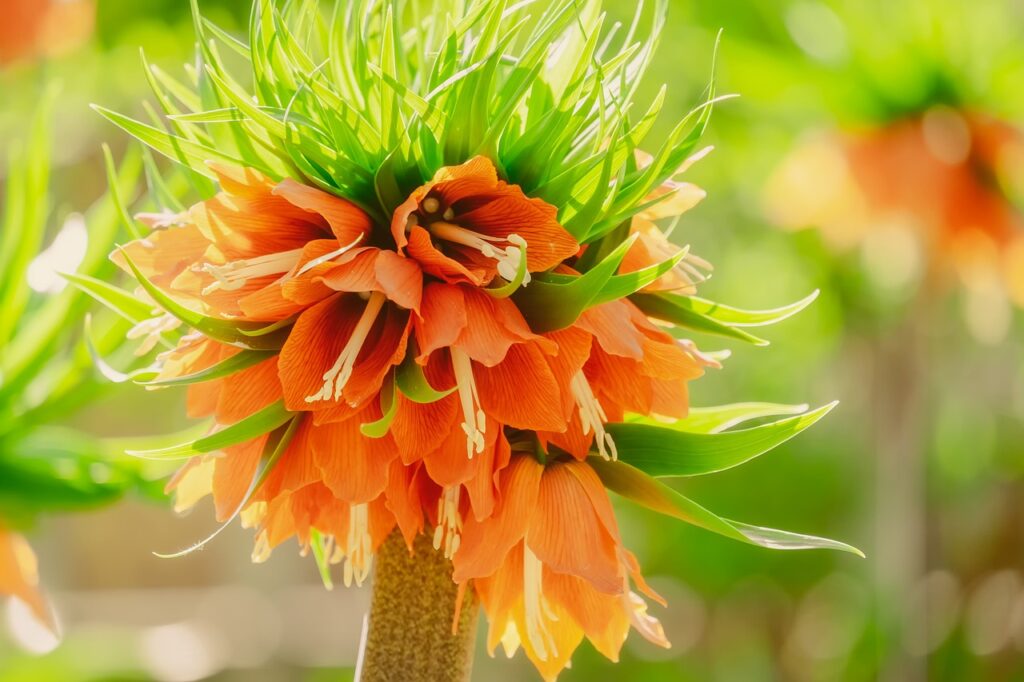
With proper care, Fritillaria imperialis reveals its grandeur at its fullest. Below are the main cultivation tips:
Sunlight
Prefers sunny spots but can also grow in partial shade. Adequate light improves flowering.
Watering
Water moderately when the soil dries. During the growing season, maintain consistent moisture but avoid poor drainage, which may rot the bulbs.
Soil
Well-drained, fertile, slightly alkaline soil is best. Mix compost or humus before planting.
Fertilizer
Apply slow-release fertilizer when planting, and add supplemental fertilizer after flowering to nourish the bulbs.
Planting
Plant bulbs in autumn (October–November) about 20 cm deep, with the pointed side facing upward.
Winter care
Though hardy, mulch with straw or humus in colder regions for extra protection.
Conclusion
Fritillaria imperialis enriches any garden with a regal elegance worthy of its name.
When incorporating it into your garden, ensure proper care and enjoy the seasonal transformations it brings.



